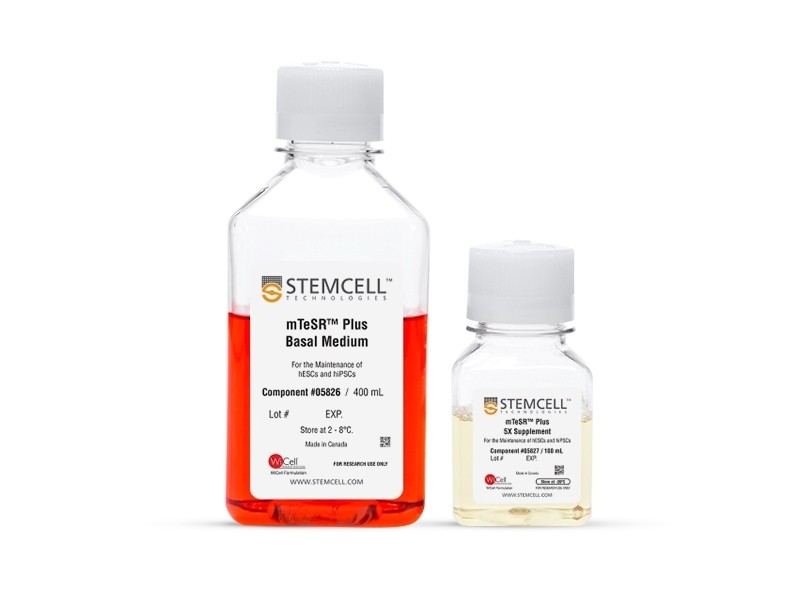
{"thumb":"/static/upload/image/20220516/1652680449596284.jpg",
"photo":{
}}
100-0276 mTeSR Plus 人胚胎干细胞/多能干细胞培养基
货号:100-0276
规格:1 Kit
价格:
产品类型:重编程
品牌:STEMCELL
产品介绍
mTeSR™Plus是一种无血清、稳定的细胞培养基,用于在无滋养层培养体系下维持和扩增人胚胎干细胞和诱导多能干细胞(iPS)细胞。它基于mTeSR™1的配方,是最广泛发布的用于人ES和iPS细胞的无滋养层细胞培养基。mTeSR™Plus通过更长时间的维持培养基的PH稳定和使用包括FGF2在内的更稳定组分,达到更稳定均一的细胞生长环境。mTeSR™Plus可防止酸中毒快速发生,有效避免在培养hPSC时,发生与DNA损伤、基因组不稳定和生长停滞相关的状况。这种稳定性的增强提高了hPSC扩增率、改善了克隆形态,以及实现了真正灵活化的培养流程,包括可选择周末不换液。mTeSR™Plus可与多种培养基质兼容,包括Matrigel hESCs验证基质(货号#354277)和玻连蛋白XF™(货号#07180,由NucleusBiologics开发和生产的基质)。使用每批次mTeSR™Plus 5X补充剂制备完整的mTeSR™Plus培养基,然后在培养试验中使用人多能干细胞(HPSC)进行性能测试。 |
优点: |
- 稳定 强化的缓冲液和包括FGF2在内的稳定组分,可支持培养高质量细胞,同时实现真正灵活的培养流程;- 促进生长 支持卓越的细胞形态和细胞生长特征;- 高效的克隆 与CloneR™一起使用,可提高单细胞存活率;- 简便 与已建立的基因组编辑和分化方案完全兼容。 |
数据: |
Figure 1. mTeSR™ Plus Maintains Optimal pH Levels Throughout a Weekend-Free ProtocolThe pH of spent medium from hPSCs cultured in mTeSR™ Plus is higher than that of hPSCs cultured in mTeSR™1 and other flexible-feeding medium at similar cell densities. pH and cell numbers were measured after a 72-hour period without feeding. Range of cell numbers shown represent different densities that would be observed throughout a typical passage. This demonstrates that feeds can be skipped for two days at any time during routine maintenance using mTeSR™ Plus while maintaining a pH above 7.0. Note: Cultures were fed double the standard medium volume prior to the 72-hour period without feeds in all media and cell numbers are from one well of a 6-well plate.
Figure 2. mTeSR™ Plus Maintains Consistent Levels of FGF2 Throughout a Weekend-Free ProtocolFGF2 levels remain high in mTeSR™ Plus when cultured at 37°C over a 72 hour time period. Measured by ELISA.
Figure 3. mTeSR™ Plus Supports Higher Cell NumbersGrowth curves were obtained for human ES (H9) cells cultured in mTeSR™1 or mTeSR™ Plus on Corning® Matrigel® matrix over 7 days with either daily feeds or restricted feeds. Growth curves were determined by seeding 20,000 cells per well of a 6-well plate as aggregates and counting the cell numbers each day in duplicate wells.
Figure 4. hPSCs Cultured in mTeSR™ Plus with Restricted Feeding Maintain a Normal KaryotypeKaryograms of (A) human ES (H1) and (B) iPS (WLS-1C) cells cultured in mTeSR™ Plus for 30 passages shows a normal karyotype is retained.
Figure 5. Cells Cultured in mTeSR™ Plus Medium with Restricted Feeding Express Undifferentiated Cell MarkersHuman ES (H1, H9) and iPS (WLS-1C, STiPS-M001) cells were characterized using flow cytometry for undifferentiated cell markers, (A) OCT3/4 and (B) TRA-1-60. Graphs show average expression (± SEM) results from analyses of duplicate wells every 5 passages for up to 10-15 passages in mTeSR™1 (daily feeds), or mTeSR™ Plus (restricted feeds).
Figure 6. Larger Colonies are Observed in mTeSR™ Plus CulturesThe average colony size per passage (± SEM) was obtained for human ES (H1, H9) and iPS (STiPS-M001, WLS-1C) cells cultured in mTeSR™1 (daily feeds) or mTeSR™ Plus (restricted feeds) on Corning® Matrigel® over 10 passages. Size was determined by measuring representative colony diameters at harvest. Note that this data is representative of cultures passaged at a 7-day passaging interval; smaller colony size should be expected if using shorter passaging intervals.
Figure7. High Cloning Efficiency of hPSCs in mTeSR™ Plus Supplemented with CloneR™hPSCs (H1, H9, WLS-1C, and STiPS-M001) plated in mTeSR™ Plus with CloneR™ demonstrate cloning efficiencies equal to or greater than hPSCs in mTeSR™1 with CloneR™. Cells were seeded at clonal density (25 cells/cm²) in mTeSR™1 or mTeSR™ Plus on CellAdhere™ Vitronectin™ XF™-coated plates. n ≧ 3 biological replicates.
Figure 8. Cells Maintained in mTeSR™ Plus with Restricted Feeding Have Comparable Differentiation Efficiencies to Cells Maintained in mTeSR™1Human ES (H1, H9) and iPS (WLS-1C, STiPS-M001) cells were maintained in mTeSR™1 (daily feeds) or mTeSR™ Plus (restricted feeds). Cells were differentiated using directed differentiation protocols and subjected to flow cytometry analysis. Graphs show average expression (± SEM) results from the 4 cell lines. The markers used for flow cytometry for each germ layer are listed in the bar titles.
Figure 9. Normal human ES and iPS Cell Morphology is Observed in mTeSR™ Plus CulturesImages depict undifferentiated human hES (H1) and iPS (WLS-1C) cells cultured on Corning®️ Matrigel®️ matrix in mTeSR™1 with daily feeds or mTeSR™ Plus with restricted feeds. Cells retain the prominent nucleoli and high nuclear-to-cytoplasmic ratio characteristic of this cell type after 10 passages. Densely packed cells and multi-layering are prominent when cells are ready to be passaged. |
组成成分: |
▪ mTeSR™ Plus Basal Medium, 400 mL▪ mTeSR™ Plus 5X Supplement, 100 mL |
相关产品: |
▪ hPSC培养贴壁基质Vitronectin XF™(货号 #07180)▪ hPSC免刮擦传代试剂ReLeSR™(货号 #05872)▪ hPSC解离试剂ACCUTASE™(货号 #07920)▪ hPSC解离试剂Dispase(1 mg/mL)(货号# 07923)▪ hPSC细胞冻存液mFreSR™(货号 #05855/05854)▪ mTeSR™1(货号#85850) |
技术参数
产品优点1. 更稳定的缓冲体系,稳定pH。
2. 促进生长 支持卓越的细胞形态和细胞生长特征。
3. 高效的克隆 与CloneR™一起使用,可提高单细胞存活率。
4.强化FGF2在内的稳定组分,可支持培养高质量细胞,实现灵活的培养流程。
产品应用细胞培养; 扩增; 维持培养
产品类型专业培养基
推荐用于1. 重要机构和干细胞库 用于研究细胞系开发,基因组编辑和干细胞库的hPSC维持培养。
2. 发育生物学研究 用于研究干细胞状态和下游分化过程的hPSC维持培养。
3. 药物和毒理学筛选 在终末分化之前维持培养hPSC以筛选新化合物(比如,心肌细胞和肝细胞)。
4.疾病模型研究 在模拟终末分化细胞模型之前维持培养具有疾病特异性突变的hPSC。
细胞类型多能干细胞
产品线TeSR
适用物种人
实验方法和说明书下载
- 品牌
- 产品名称
- 货号
- 价格
- 操作
- STEMCELL
-
100-0276 mTeSR Plus 人胚胎干细胞/多能干细胞培养基
产品类型:100-0276 mTeSR Plus 人胚胎干细胞/多能干细胞培养基
规格:1 Kit
- 100-0276
- 我要询价
- 电话联系
在线客服

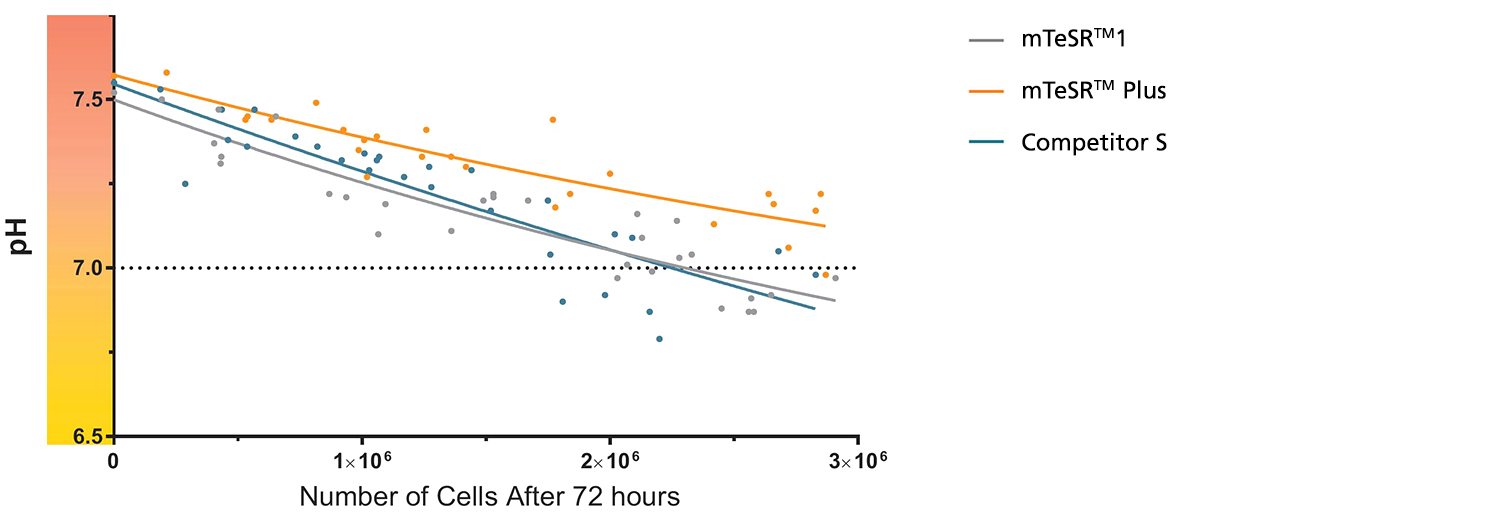
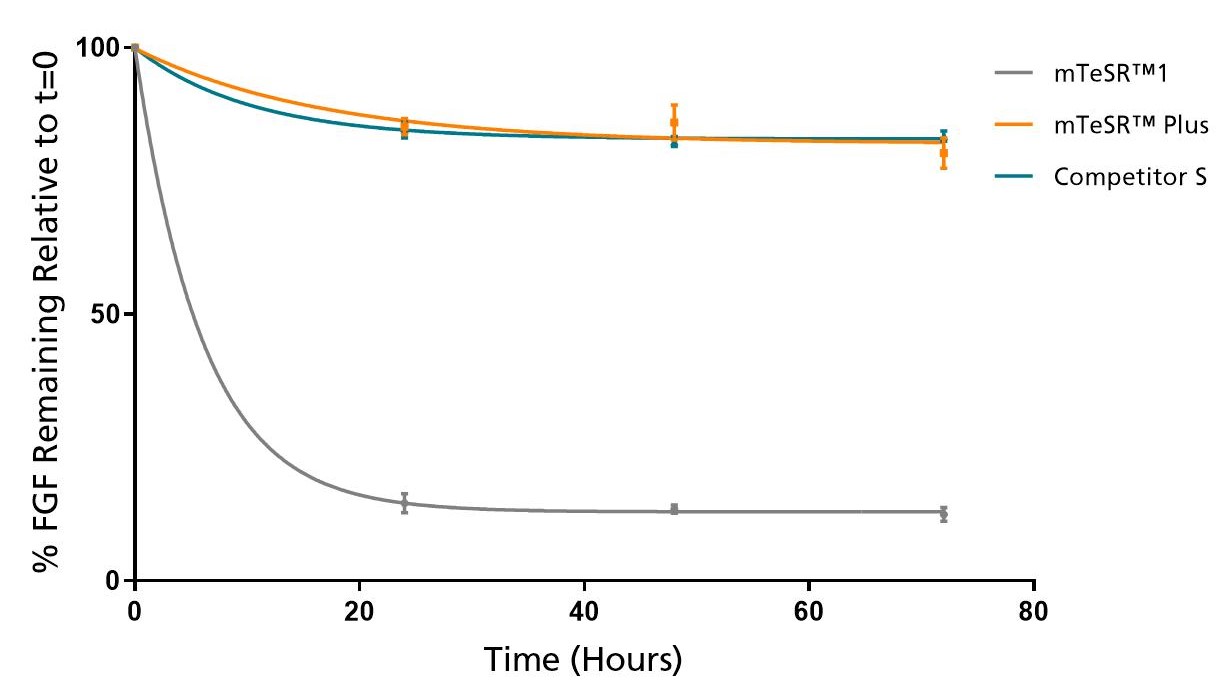
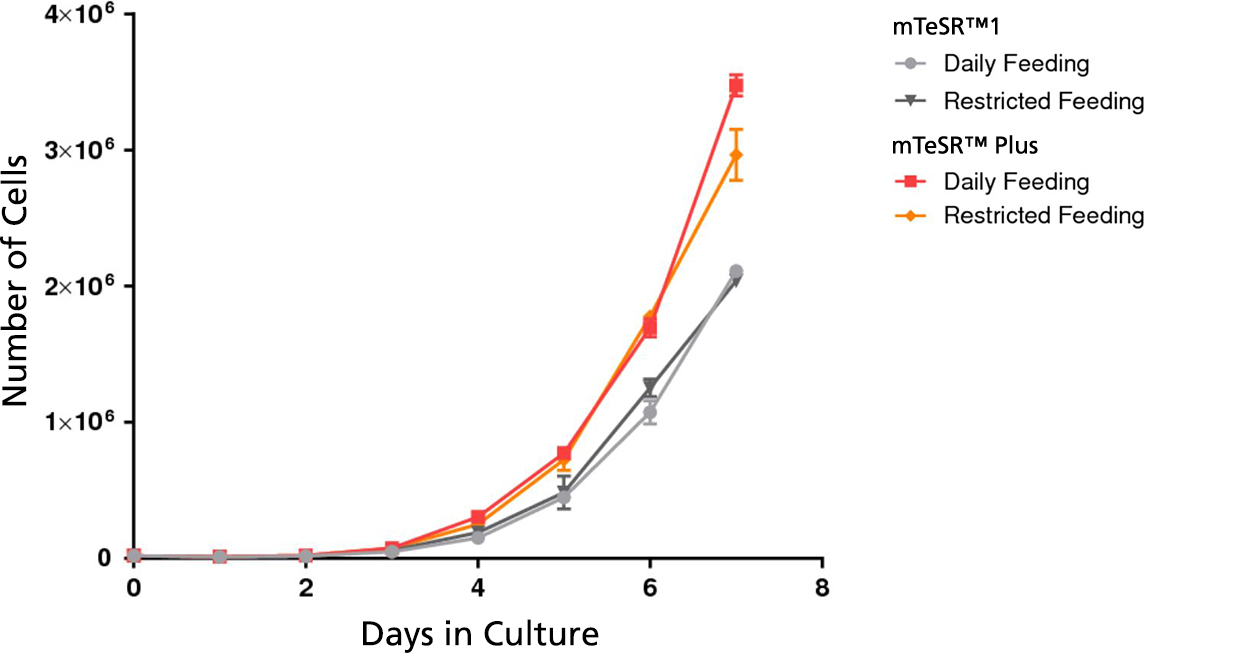
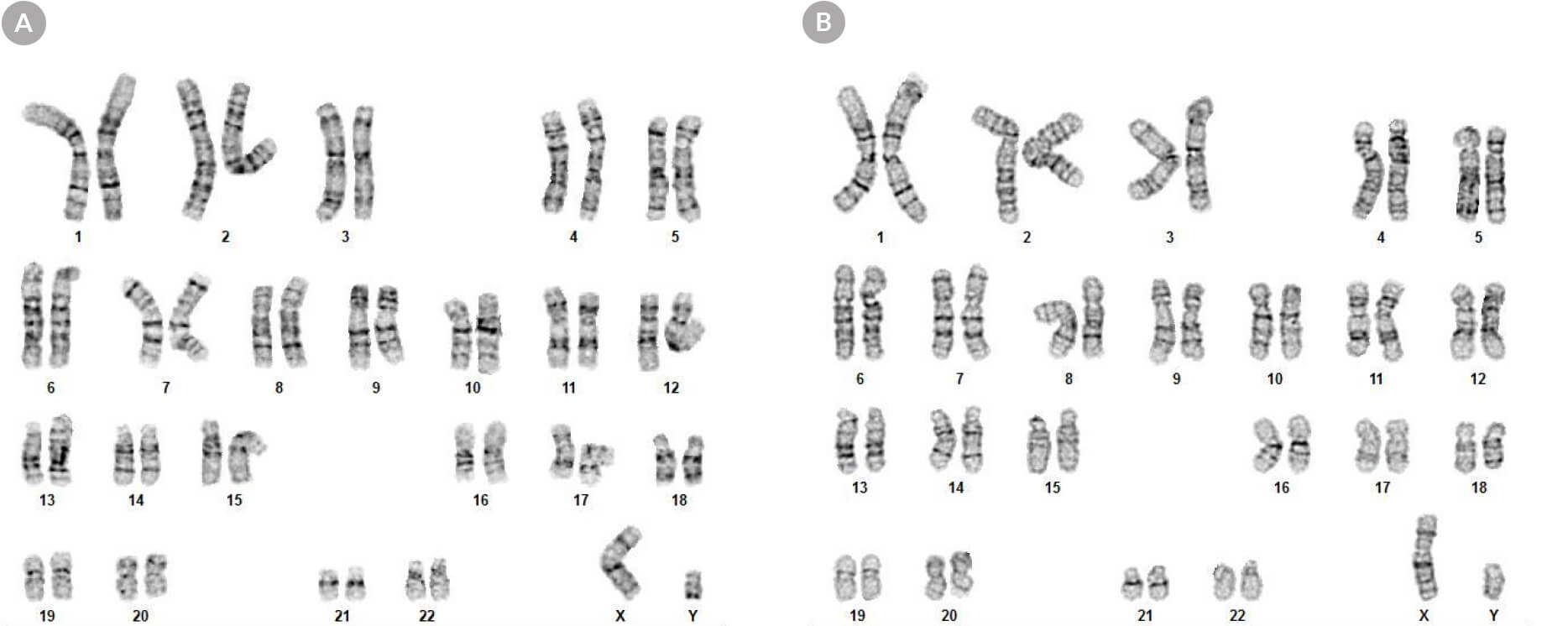

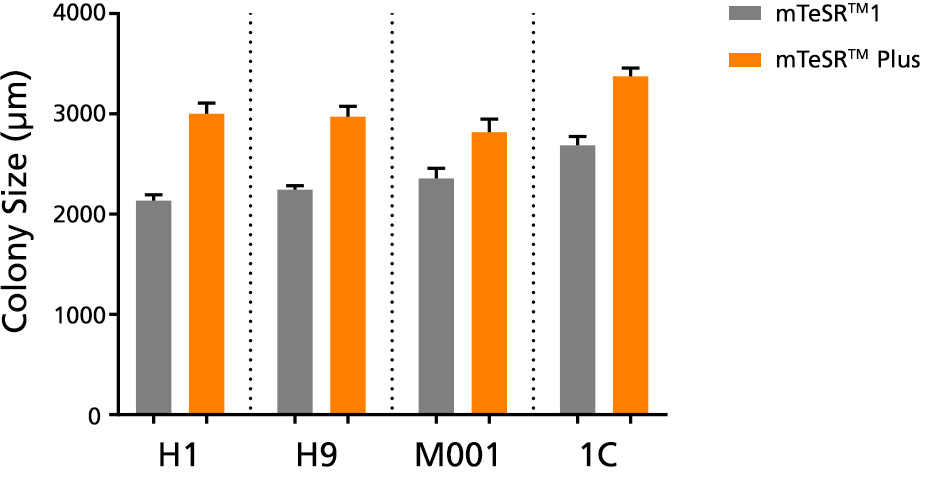
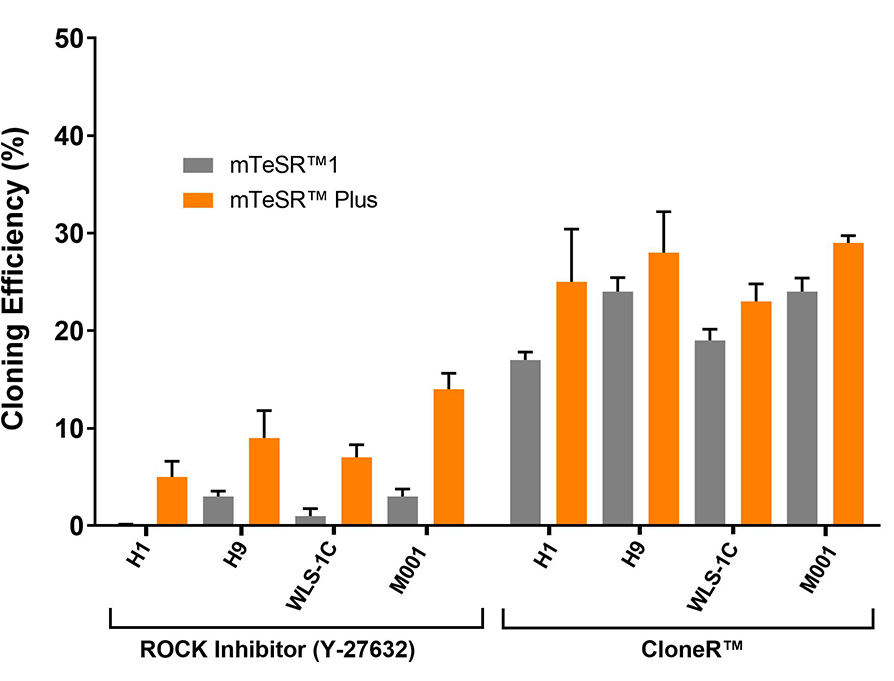
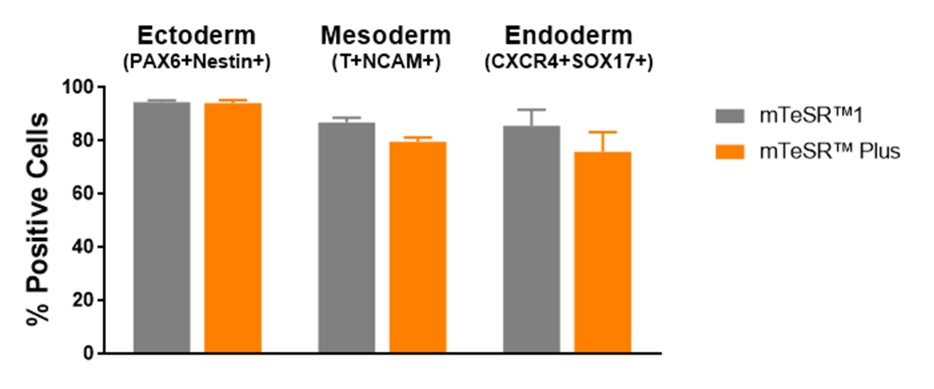
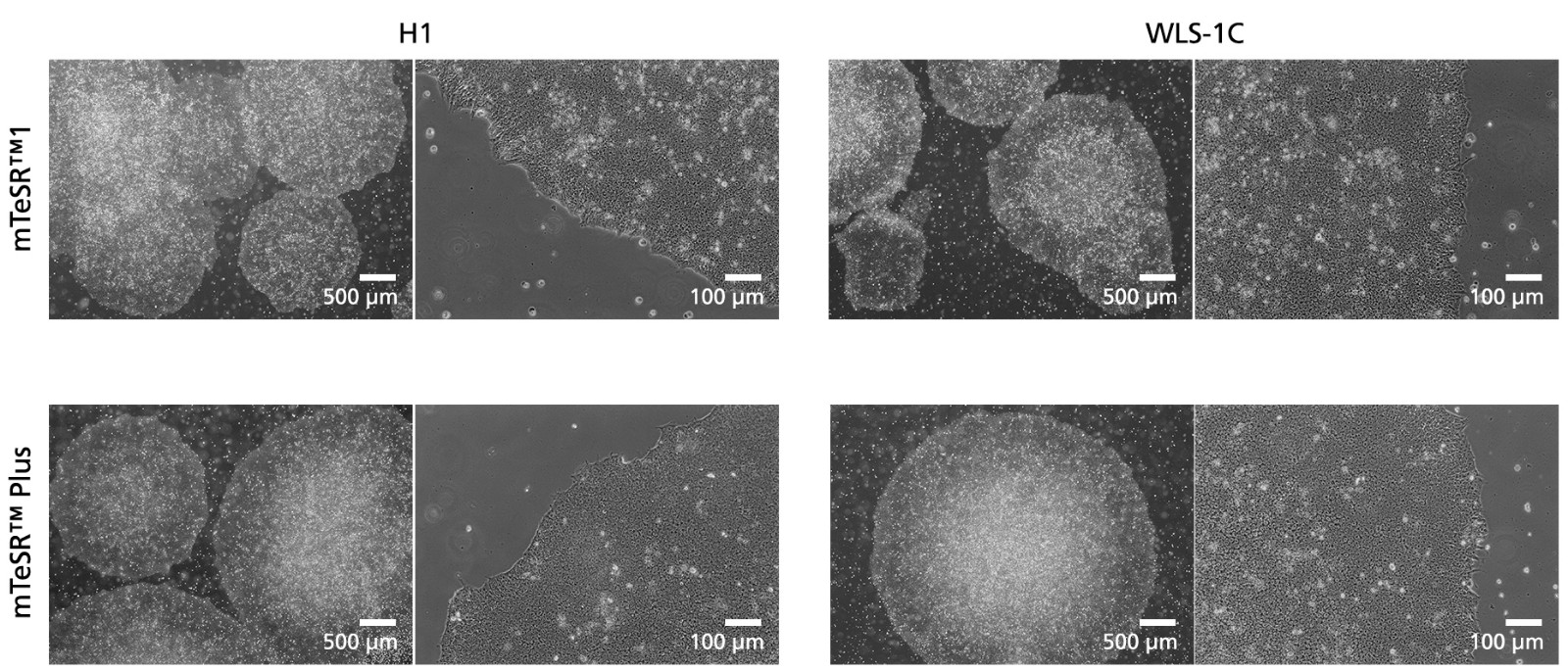
 在线客服
在线客服